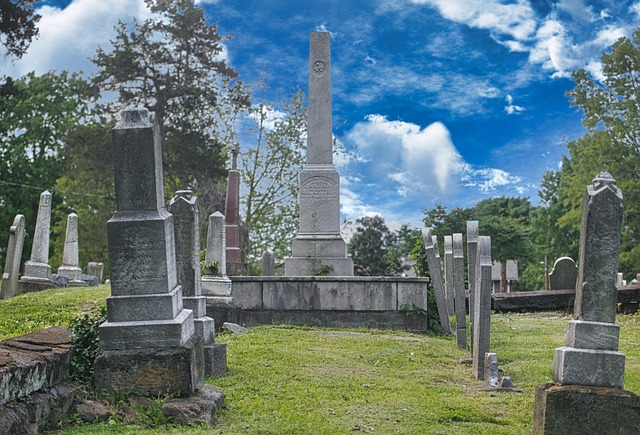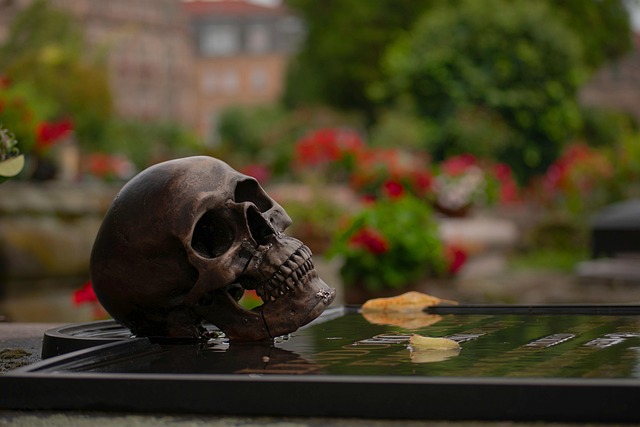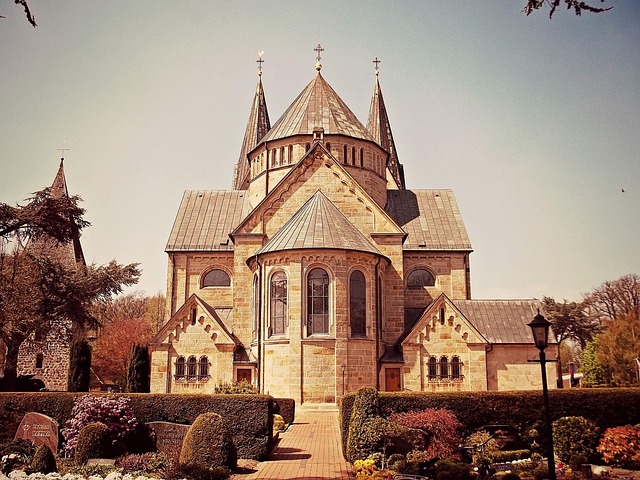Step back in time with 1880s historic real estate, featuring intricate architecture, vintage signage, and historical artefacts. The choice of location and design within vibrant urban centers transports visitors to a bygone era, blending original charm with modern amenities. Developers create immersive spaces with high ceilings, ornate moldings, and period-appropriate lighting, offering an unforgettable experience that celebrates local history in the real estate market.
Step back in time and discover the allure of the 1880s with a journey into the past through historic saloons and shops. This era, characterized by its unique architectural style and cultural significance, offers a captivating glimpse into America’s heritage. In this article, we explore the real estate considerations behind recreating these period pieces, from design aesthetics to functional elements, ensuring that modern spaces evoke the historical charm of yesteryear.
The Historical Charm of 1880s Saloons and Shops
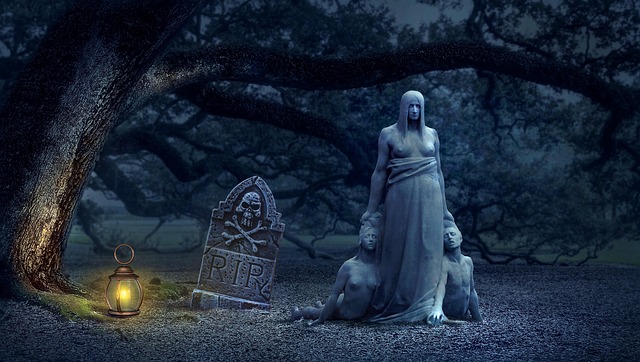
Step into a time machine and transport yourself back to the 1880s with the charming allure of historic saloons and shops. These establishments, often nestled in the heart of bustling towns or cities, offer a unique glimpse into a bygone era. The real estate associated with these venues is not just about the buildings themselves; it captures an atmosphere and tells stories of the past.
The historical charm lies in the intricate architecture, where ornate ceilings and grand facades transport visitors to a time when elegance and sophistication ruled. Inside, the ambiance evokes a sense of community and trade, with original fixtures, vintage signage, and artefacts that once served as daily tools. From the warm lighting to the carefully curated décor, these spaces create an immersive experience, allowing modern-day folks to step back in time, imagine the hustle and bustle of the era, and appreciate the rich history of their surroundings.
Real Estate Considerations for Recreating Period Aesthetics
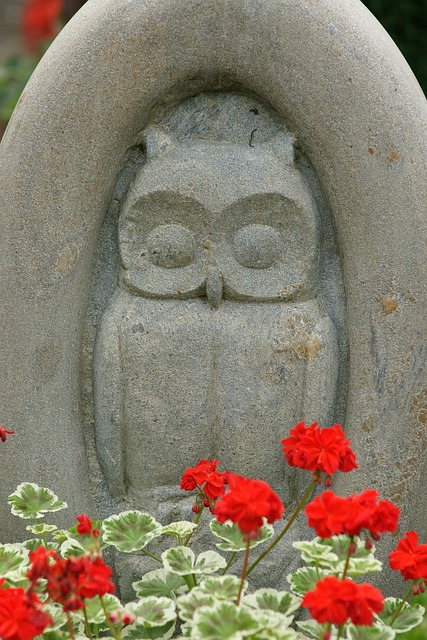
When recreating the aesthetic of an 1880s saloon or shop, the choice of real estate plays a pivotal role in setting the stage for an immersive experience. The location and structure should ideally reflect the period’s architectural styles, which often featured ornate detailing, high ceilings, and grand entrances. Vintage buildings with exposed brick walls, wooden floors, and intricate moldings can instantly transport visitors back to that era.
For businesses aiming to capture the essence of this time, renting or purchasing a space in historic districts or areas known for their well-preserved architecture is an excellent strategy. Real estate options could include restored warehouses, Victorian-style homes, or even former saloons and shops that have been meticulously renovated to maintain their original charm. These venues provide a solid foundation for creating an authentic ambiance while also offering the flexibility to add modern amenities to cater to contemporary needs.
Preserving the Past: Design and Functional Elements to Emulate Era's Spirit
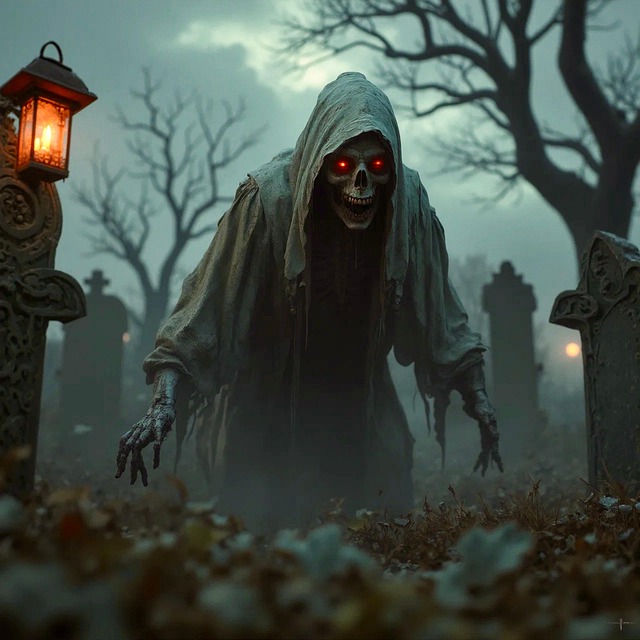
In preserving the past, real estate developers and designers draw inspiration from the 1880s to create spaces that evoke a bygone era. The essence lies in capturing both the aesthetic and functional elements that defined this period. Architecturally, high ceilings, ornate moldings, and grand entrances hark back to the grandeur of the time. Original materials such as hardwood floors, polished brass fixtures, and marble countertops not only add authenticity but also serve practical purposes, much like their 19th-century counterparts.
Beyond aesthetics, attention is paid to everyday functionalities. The open floor plans and cozy nooks common in saloons and shops then reflected social interactions and commerce. Today, these elements are reinterpreted to suit modern needs while maintaining the spirit of the era. Incorporating period-appropriate lighting fixtures, custom-made furniture, and thoughtful layout designs transport visitors back in time, making each space a unique journey through history in the real estate market.



